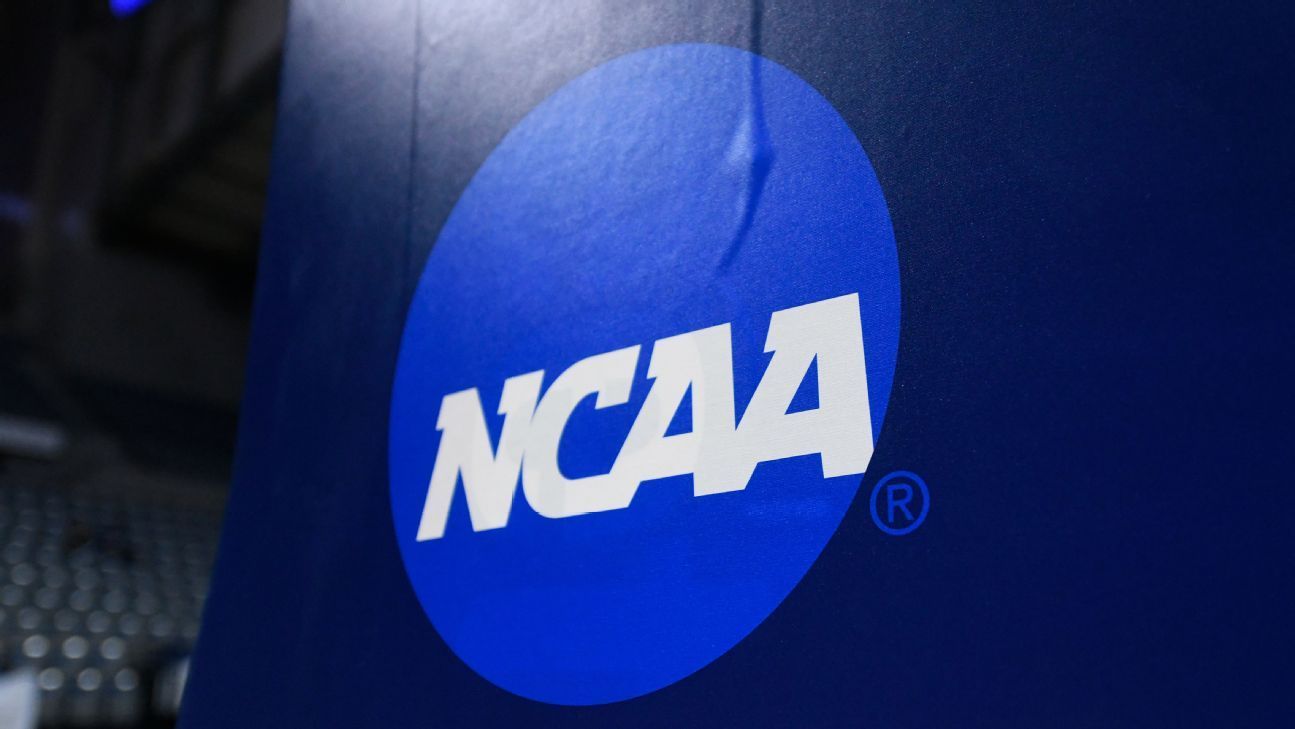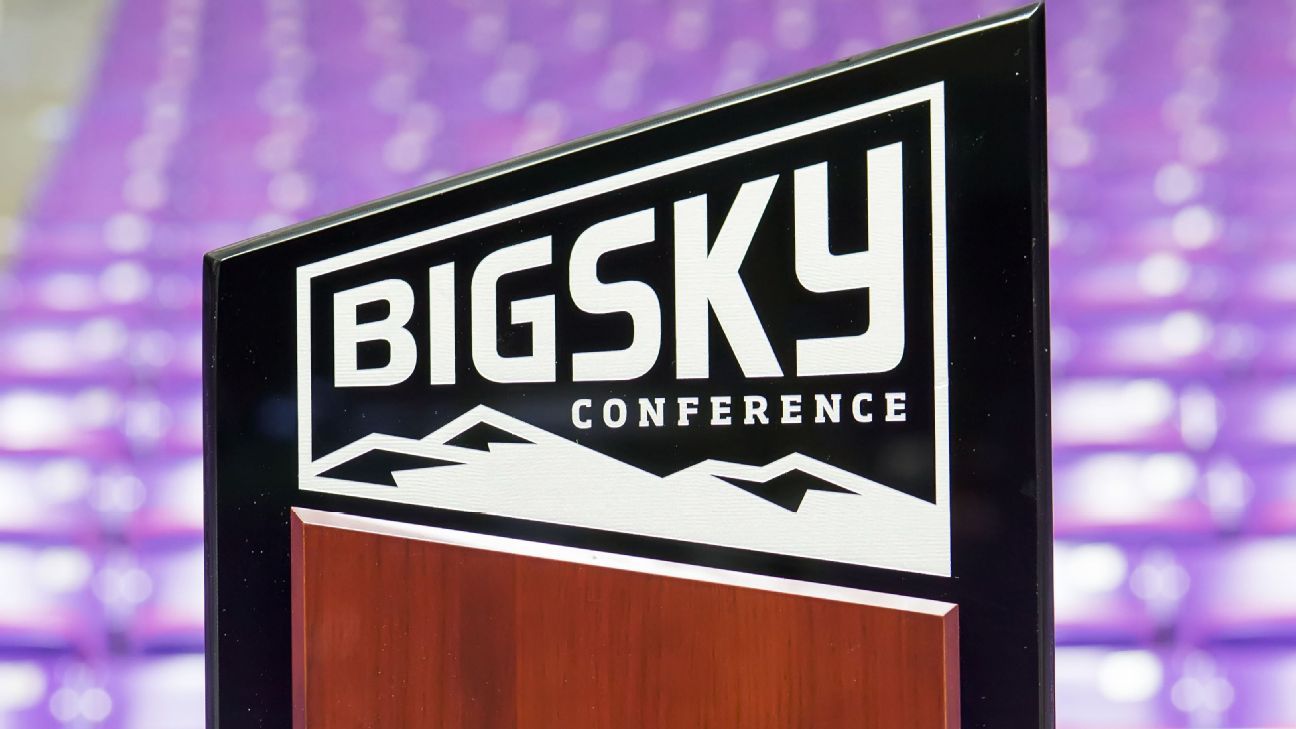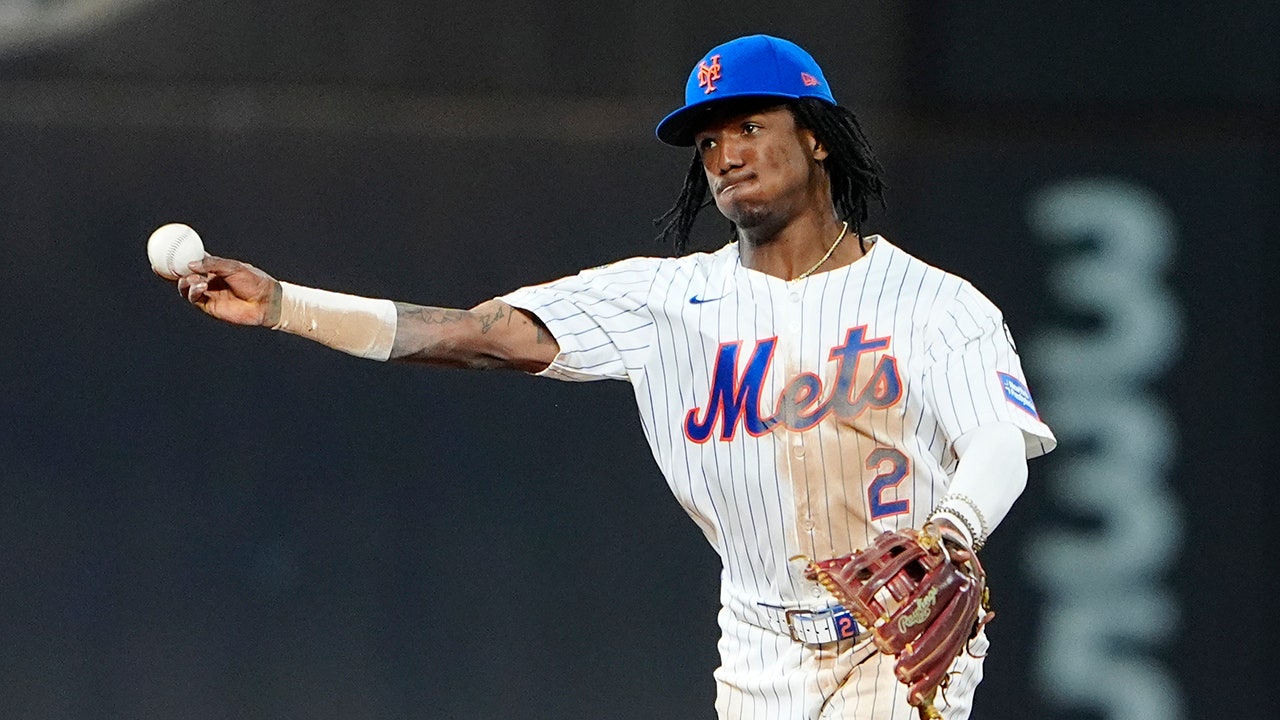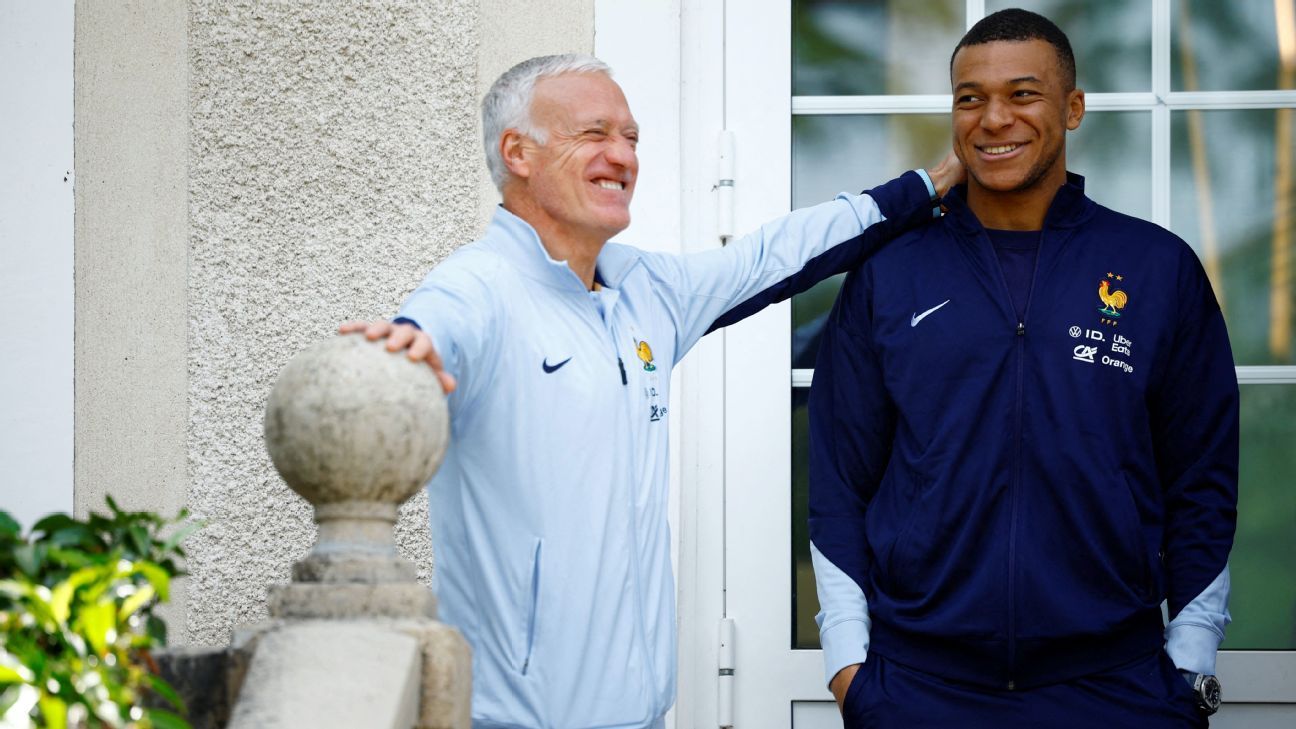College sports leaders are engaged in “deep discussions” to reach a legal agreement that would likely set the framework for revenue sharing with athletes in a future NCAA business model, sources told ESPN.
The NCAA and its power conferences are sued in antitrust class action lawsuit, House v. NCAA, which maintains that the association is violating federal law by imposing restrictions on how athletes make money by selling the rights to their name, image or likeness. The case is scheduled to go to court in January 2025. If the plaintiffs win the trial, the NCAA and its schools could have to pay more than $4 billion in damages, which has motivated many college leaders. the industry to seek an agreement.
Sources indicated that a turning point in the discussions, which have been ongoing, came last week in the Dallas area, where the power conference commissioners, their general counsel, the NCAA president, Charlie Baker, NCAA attorneys, and plaintiffs' attorneys. (They chose the Dallas area because they were already there for the College Football Playoff meetings, which were held in that area last week.)
While sources stressed that no deal is imminent, details on what a multimillion-dollar deal could look like are expected to be shared with universities in the near future. There are countless variables to get there and still some obstacles and objections at the campus level, but sources indicate that progress has increased in recent weeks.
A settlement would provide some legal relief for a college sports industry that has been plagued by lawsuits. It could also serve as a key piece in formulating a more stable future. Since the deal is expected to cost billions in back pay for former athletes, it would likely also require the NCAA and conferences to agree to a system for sharing more revenue with some of the players in the future.
Sources indicated that the maximum revenue share figure per school, once determined, would be around $20 million a year, although that has not yet been determined. Whatever the number established by the agreement, individual schools may choose to share revenue up to that number with their student-athletes at their discretion. (They could choose to share less, but not more.)
Texas A&M athletic director Trev Alberts, for example, recently told the Bryan-College Station Eagle that schools could add $15 million to $20 million to their budgets annually for what he called a “new category of spending” in college athletics. .
What's uncertain, for now, is the mechanics of how this might work. Do schools buy the NIL of their athletes? How would Title IX be affected?
The House case is one of four active antitrust lawsuits, all of which serve as a threat to a portion of the NCAA's remaining limits on how athletes are paid. In three of those cases, including the House case, the athletes are represented by veteran sports labor attorney Jeffrey Kessler.
Kessler did not respond to a request for comment Monday. His co-counsel, Steve Berman, told ESPN on Monday: “Judge Wilken told us she expected us to discuss a settlement given the long litigation over the issues and the parties' familiarity with each side's strengths and weaknesses. We are simply following the judge's instructions and I have nothing to report other than that.”
In an interview with ESPN earlier this month, Kessler declined to comment on potential negotiations but said he felt a deal was the quickest route to transforming college sports.
“I can't guarantee this, but I believe [the defendants’] “The lawyers have told them that they will most likely lose,” Kessler said. “If they lose, the damage will be gigantic.” Furthermore, they have been told that it is much better for them to be active participants in the resolution and decision of their future lives and destiny than to let the court impose it on them.”
The House case includes two separate classes of plaintiffs. The damages class is made up of former college athletes from over the years who argue that the NCAA owes them back pay for money they could have earned if they had been allowed to sign NIL agreements before 2021. The class of injunctions includes current college athletes. who argue that any of the existing restrictions on what types of NIL agreements athletes can sign are also illegal.
In court testimony, economic experts hired by the plaintiffs argued that the tort class lost more than $1 billion in NIL opportunities in the years leading up to 2021. In antitrust cases, the court forces the defendant to pay triple the amount of actual damages they punish if you have broken the law, hence the estimated $4 billion price tag for a legal loss.
“If we settle on the class action, it will mean an agreement on what the future looks like,” Kessler said. “If we settle for the kind of liquidated damages, that's basically money for the past.”
Another pending antitrust lawsuit, Carter v. The NCAA, which was also introduced by Kessler, argues that the NCAA should not be able to prevent schools from paying players directly for their performance. While it is not necessary to resolve the cases together, both sides will likely want to reach a settlement that is substantial enough to prevent them from ending up in court again over the Carter case in the near future. Sources told ESPN that the schools would likely want protection from future litigation as part of a settlement in the House case.
In professional sports, revenue sharing agreements are typically reached through a collective bargaining agreement. While that could also be the route for college sports if schools decide to share more with players, there is some precedent for working out the details of employment agreements within a lawsuit settlement. The NFL, for example, settled a case with Reggie White in 1993 that established the rules for free agency and salary caps for the league. One of the attorneys who represented White in that case was Kessler.
Along with the threat of antitrust lawsuits, the National Labor Relations Board is also reviewing a pair of cases that aim to classify college athletes as employees and allow them to unionize.
NCAA leaders have strongly opposed athletes becoming employees. However, Baker, who took over as association president last March, said he wants to find ways for some schools to provide more for their athletes. In December he proposed creating a new subdivision of the richest teams that would be required to pay at least half of their athletes a minimum of $30,000 a year.
“If you look at what Baker has been doing, he seems very aware,” Kessler told ESPN earlier this month. “Some of his proposals were made in December, I'm not saying that they are what we would settle for, but they certainly go in the direction of proposing to give much more compensation to athletes. That is what we are defending.”
The NCAA has also tried in recent years to convince Congress to create new rules to help govern college sports. Among the elements he would like to see in a federal law is a clause specifying that college athletes are not employees. Congress has so far made no demonstrable progress on a bill, but a significant deal that shows a commitment to future revenue sharing in the House case could convince some lawmakers to provide aid to the NCAA.











